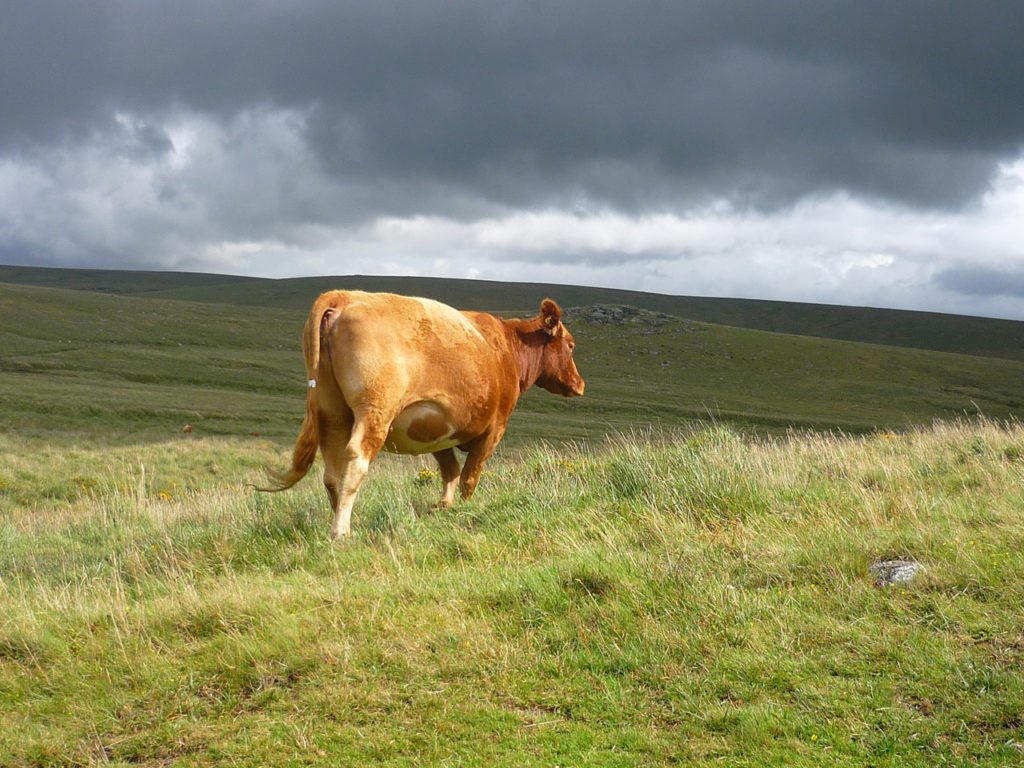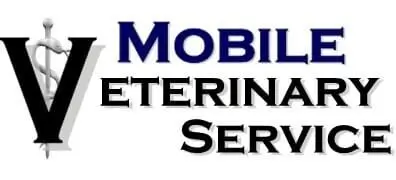Calving Season
by Ben J. Character, DVM

Calving season is just around the corner for most producers, and with it comes the occasional calving problem. The following are a few tips to help during problem cases:
Daily herd checks, even if it’s just a quick drive by twice a day, may help in locating problems. Any cow not with the herd, standing off by herself should be suspected of having a problem.
Heifer cows regularly take longer to calve than mature cows. A heifer cow may be in active labor for several hours before finally calving. Also heifers are more likely to have trouble with a calf due to their smaller body size.
Remember this rule of thumb: The key to deciding if a cow needs help is “progress”. As long as she is making progress, give her more time. If you check on her and she is down-straining, and you come back in an hour and there is a foot showing, she has made progress. If you then come back in another hour and the nose is showing, she has made progress. If you come back an hour later and the nose is still showing but there is nothing new, there has been no progress. After progress has stopped, it is a judgement call whether or not the cow will need help. This is the time to contact your veterinarian.
Most calving problems can be corrected by manual manipulation of the fetus. If possible, trailoring the cow to a veterinary facility is best. If the procedure must be performed on the farm, drive the cow to an area easily accessible with a sturdy object to tie the cow to. Occasionally, conditions such as a twisted uterus (uterine torsion) or cesarean section (C-section) require the assistance of 3 or more people, or must be done at a specialty veterinary facility.

